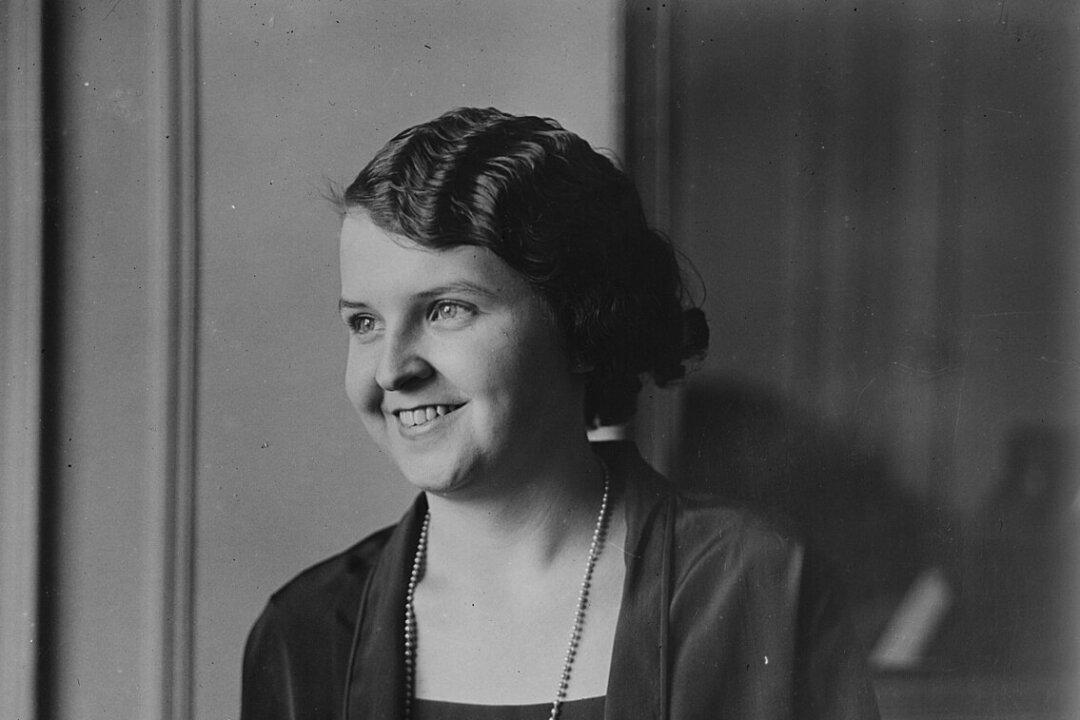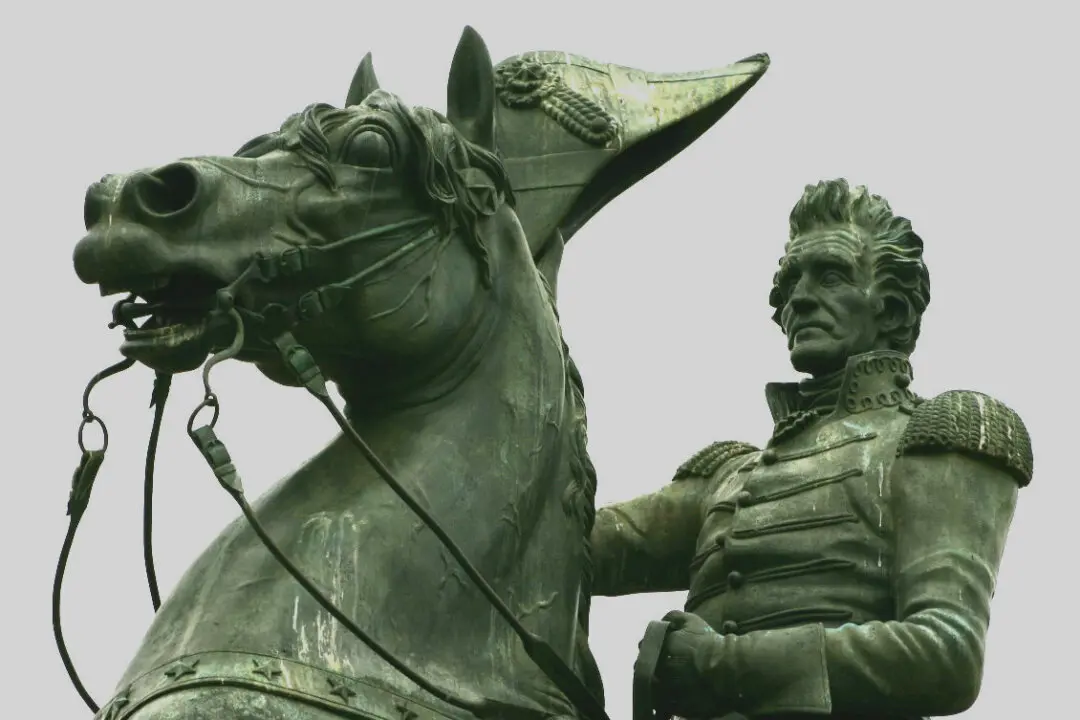When opera singers from the 20th century come to mind, people think of Luciano Pavarotti, Maria Callas, and Beverly Sills. However, some opera singers’ legacies have faded into the past and are forgotten by even the most ardent opera fans.
One such singer is Marion Talley (1906–1983). This soprano played an important role in the legacy of American opera, yet her name is more likely to be recognized by Hollywood historians than by opera lovers. Besides being a Metropolitan Opera star for a brief time, she provided the first voice heard by moviegoers in a synchronized sound film.






